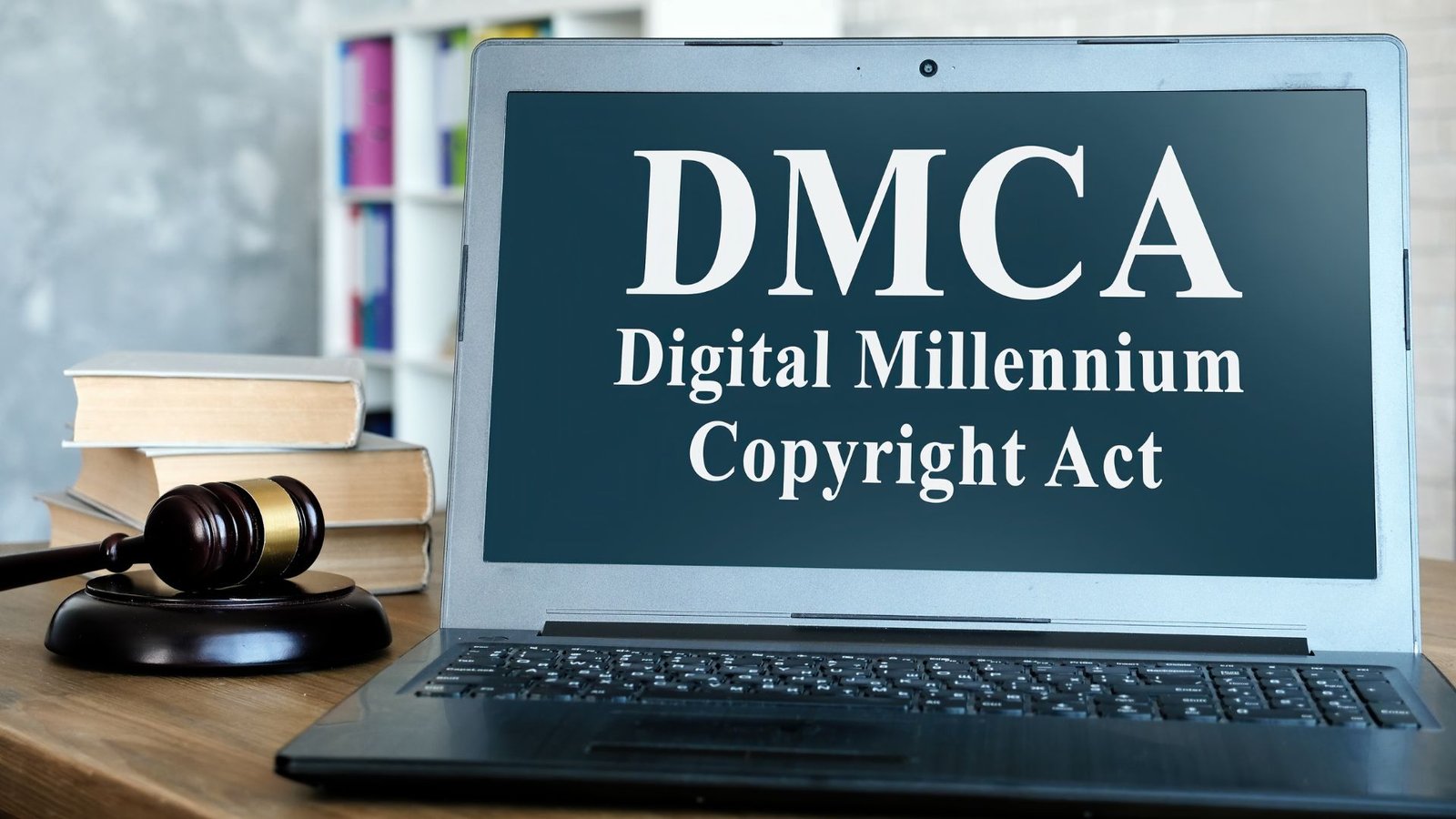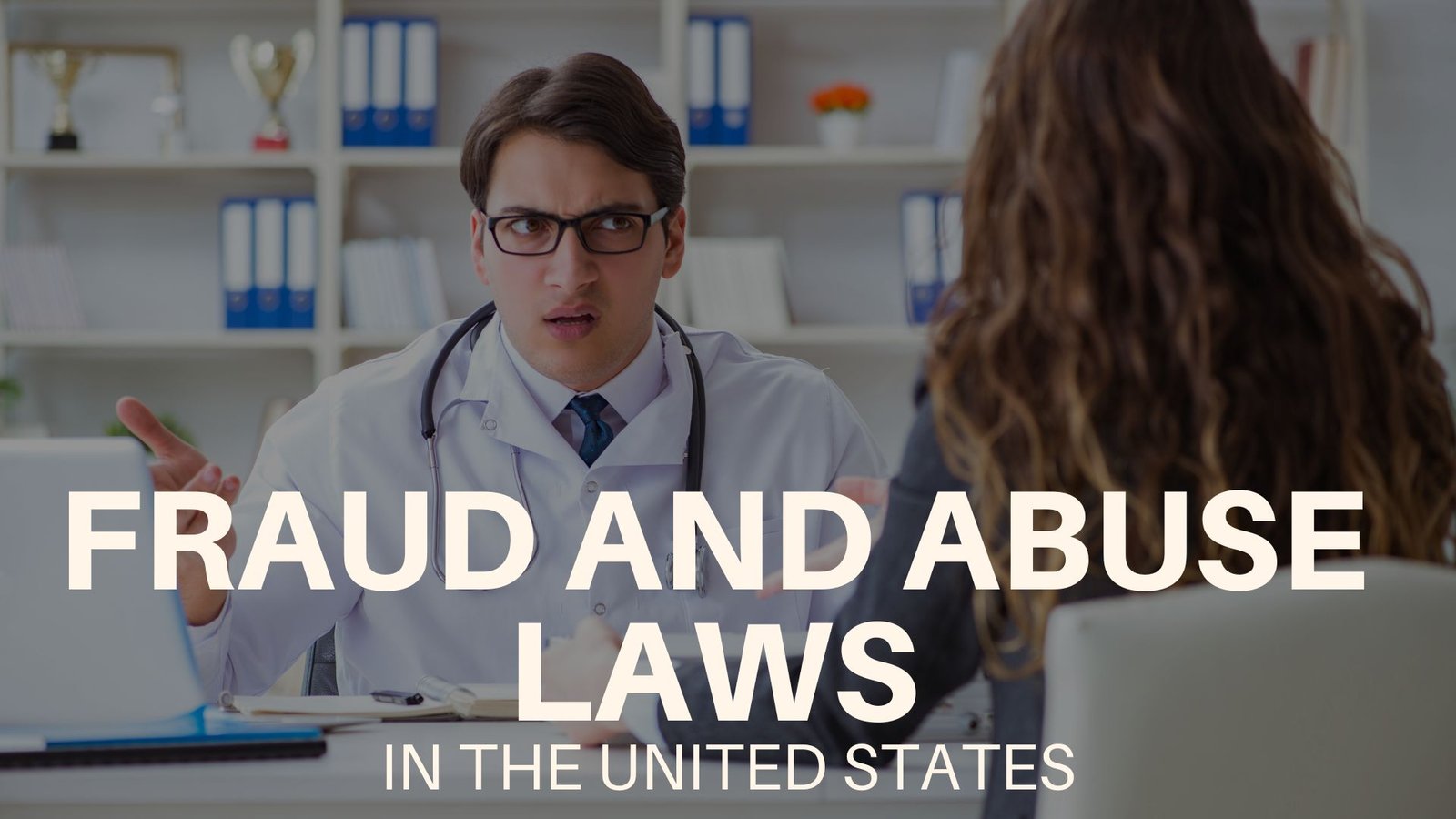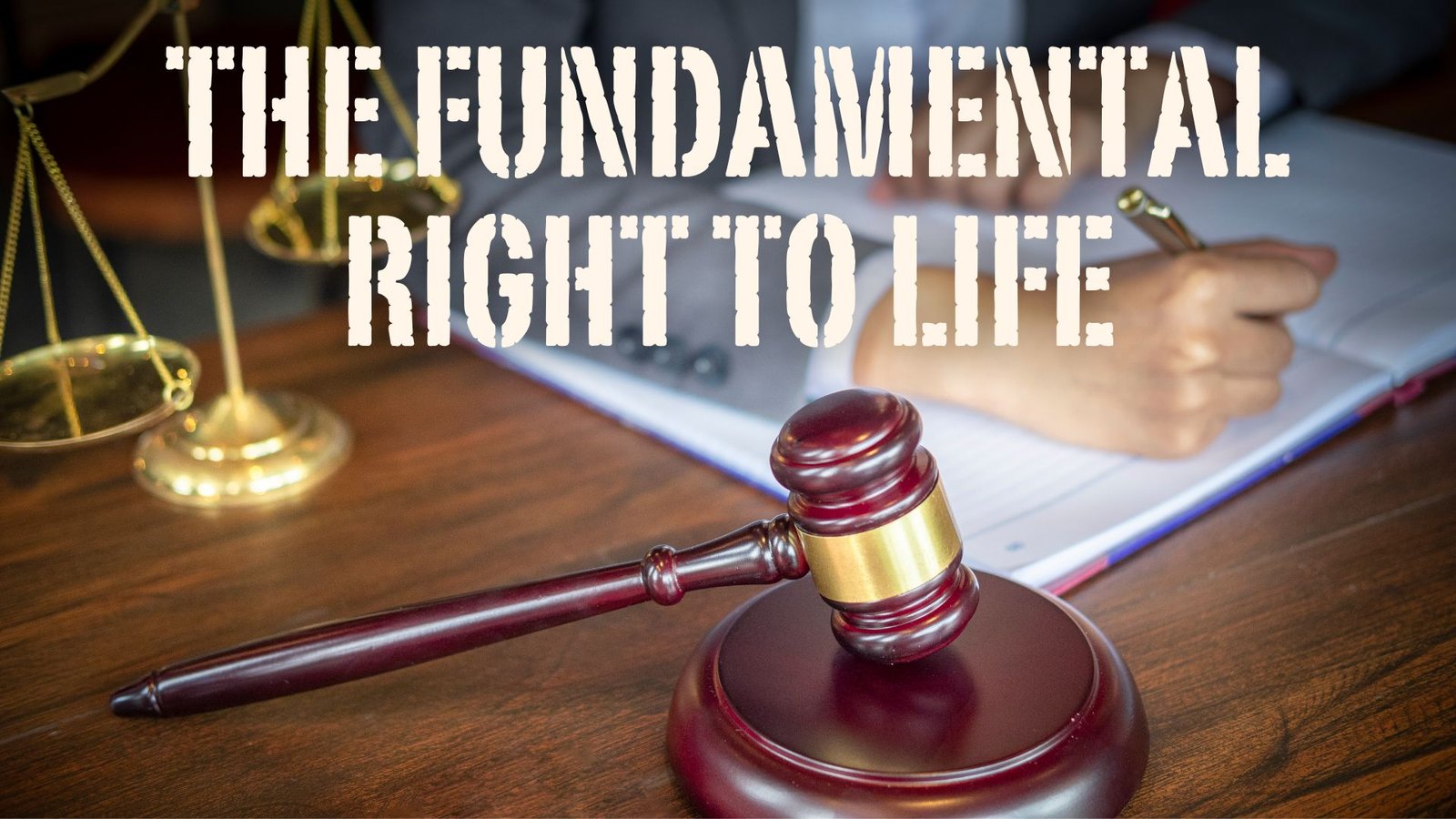On this page you will read detailed information about Digital Millennium Copyright Act.
As an internet user, it is important to understand your rights and responsibilities regarding copyrighted digital content. The Digital Millennium Copyright Act or DMCA was passed in 1998 to address copyright law as it applies to digital media. The DMCA makes it illegal to circumvent copyright protection technology, distribute tools for circumventing said technology, or make copyrighted works available without permission. However, the DMCA also provides safe harbors for internet service providers and allows for fair use of copyrighted materials. Knowing the details of the DMCA can help ensure you properly respect copyright law and avoid legal trouble when using content found online.
What Is the Digital Millennium Copyright Act?

The Digital Millennium Copyright Act (DMCA) is a United States copyright law passed in 1998 that implements two 1996 World Intellectual Property Organization (WIPO) treaties: the WIPO Copyright Treaty and the WIPO Performances and Phonograms Treaty. The DMCA criminalizes production and dissemination of technology that can circumvent measures taken to protect copyrighted works. It also heightens the penalties for copyright infringement on the Internet.
What does the DMCA cover?
The DMCA expands the U.S. Copyright Act to prohibit circumventing technological protection measures that control access to copyrighted works. It also prohibits trafficking in anti-circumvention tools or services.
- “Technological protection measures” refer to encryption, scrambling, authentication or other technologies that restrict unauthorized access to and copying of copyrighted works like music, movies, books, and software.
- “Anti-circumvention tools or services” refer to anything that can decrypt, unscramble, unlock or otherwise bypass technological protection measures.
- The law provides exemptions for certain purposes like security testing, encryption research, and reverse engineering. The exemptions are reviewed and updated every three years.
How does the DMCA impact technology companies?
Under the DMCA, Internet service providers (ISPs) and online services must act promptly to remove or block access to content that infringes on copyrights if they receive a proper notice from the copyright holder. This is known as the “notice and takedown” process. ISPs and services that comply with the DMCA’s notice and takedown provisions receive safe harbor from copyright liability.
The DMCA aims to balance the interests of copyright owners with technology innovation. It gives copyright holders more control over their works while limiting the liability of Internet companies for infringing content posted by users, as long as they follow the prescribed notice and takedown process. At the same time, the law’s anti-circumvention provisions have been controversial, with critics arguing they stifle research and innovation. The DMCA remains an evolving law as technology and user behavior continue to change.
In the previous post, we had shared information about Understanding Fraud and Abuse Laws in the United States, so read that post also.
Key Provisions of the DMCA
The Digital Millennium Copyright Act (DMCA) was passed in 1998 to update copyright law for the digital age. Two of the key provisions of the DMCA that you should understand are:
Anti-Circumvention Provisions
The DMCA prohibits circumventing technological measures that control access to copyrighted works. In other words, it prohibits hacking or cracking software and services that protect copyrighted digital media. For example, if an eBook has Digital Rights Management (DRM) software to prevent unauthorized copying, the DMCA makes it illegal to circumvent that DRM.
The anti-circumvention provisions aim to protect the security of systems that copyright holders use to manage and control access to their works in the digital realm. However, critics argue that they can be overbroad in scope and negatively impact fair use and innovation. There are exemptions and limitations to the anti-circumvention rules, such as for encryption research and security testing.
Notice and Take Down Procedures
The DMCA establishes a notice and take down process for copyright holders to report infringement of their works on online platforms and services. If a copyright holder discovers their work is being used without permission, they can send a DMCA takedown notice to the platform hosting the content. The platform must then promptly remove, or “take down,” the allegedly infringing material to avoid liability.
The notice and take down process aims to address online copyright infringement in a timely manner while also providing safe harbor for online service providers that take down infringing content when notified. However, critics argue that the process can enable censorship and discourage fair use of copyrighted works. Content creators who believe their use of a work constitutes fair use can file a counter-notice to have the material put back up.
In summary, the DMCA anti-circumvention and notice and take down provisions were designed to curb digital copyright infringement and protect rights holders. But they also impact technology innovation and content creation, highlighting the challenges of adapting copyright law to the Internet age.
How the DMCA Protects Online Service Providers
The Digital Millennium Copyright Act (DMCA) was passed in 1998 to update copyright laws for the digital age. Section 512 of the DMCA outlines safe harbor provisions that protect online service providers from liability for copyright infringement by their users under certain conditions.
To qualify for safe harbor protection, a service provider must:
- Designate an agent to receive takedown notices from copyright holders
- Develop and implement a repeat infringer policy to terminate users who repeatedly post infringing content
- Not have actual knowledge of infringing activity or material on their site
- Not receive a financial benefit directly attributable to the infringing activity
- Promptly remove or disable access to infringing material upon receiving proper notice from the copyright holder
If these conditions are met, the service provider cannot be held liable for monetary relief for copyright infringement by their users. They maintain a safe harbor, protected from legal consequences.
Copyright holders must send a formal takedown notice to the service provider’s designated agent, specifying the location of the infringing work. The service provider must promptly remove or disable access to the work. Failure to do so in a timely manner could jeopardize their safe harbor protection.
Section 512 also outlines counter-notification procedures that allow users to dispute an improper takedown notice. If a counter-notice is received, the service provider must promptly notify the copyright holder before restoring the removed material. This aims to prevent abuse of the takedown process by overreaching copyright claims.
The DMCA safe harbor provisions aim to balance the interests of copyright holders in protecting their intellectual property with the interests of service providers in remaining free from liability for the activities of their users. When service providers meet the outlined conditions, it helps foster an open Internet by shielding them from consequences due to the scale of user uploads on their platforms. At the same time, it provides copyright holders with an efficient process for taking action against clear cases of infringement.
DMCA Takedown Notices – What You Need to Know
As the owner of a website, blog, or other online property, it’s important to understand DMCA takedown notices and how to properly respond to them. The Digital Millennium Copyright Act (DMCA) is a United States copyright law that protects intellectual property on the internet. If someone alleges that content on your site infringes on their copyright, they may issue a DMCA takedown notice.
What is a DMCA Takedown Notice?
A DMCA takedown notice is a formal request demanding that you remove or disable access to copyrighted content hosted on your website or platform. The notice must identify the allegedly infringing work and provide contact information for the copyright holder or their agent.
How Do I Respond to a DMCA Takedown Notice?
Upon receiving a DMCA takedown notice, you have two options:
- Comply with the request and remove the infringing content. This is often the simplest approach and shields you from further legal liability. Remove the content immediately and notify the sender that you have complied with their request.
- Issue a counter-notice contesting the allegation of infringement. You must assert under penalty of perjury that the content was removed or disabled as a result of a mistake or misidentification. Your counter-notice must also provide your contact information and consent to the jurisdiction of a federal court. The copyright holder then has 14 business days to file a lawsuit against you. If they fail to take legal action within that window, you may restore the removed content.
Issuing a counter-notice is risky, as it may prompt litigation. Carefully review the details of the original notice and consult with a lawyer before challenging a takedown request. Complying with valid DMCA notices helps establish your good faith in addressing copyright issues and limits your liability for infringing content on your site.
In summary, DMCA takedown notices allow copyright holders to request removal of infringing content from online platforms. Website owners should understand how to verify notices, choose an appropriate response, and follow proper procedures to avoid legal complications. By cooperating with valid requests and acting in good faith, you can help foster a lawful and ethical digital ecosystem.
Fair Use and the DMCA – Where Do We Draw the Line?
The Digital Millennium Copyright Act (DMCA) aims to balance the interests of copyright holders with the ability of users to freely access and use content. However, determining what constitutes “fair use” of copyrighted works under the DMCA can be tricky.
Fair use refers to the reproduction of copyrighted material for purposes such as criticism, commentary, news reporting, teaching, and research. Whether a particular use qualifies as fair use depends on several factors, including:
- The purpose and character of the use. Uses for non-commercial purposes, such as education, commentary, or parody, are more likely to be considered fair. Uses for commercial purposes tend to weigh against fair use.
- The nature of the copyrighted work. Uses of factual works are more likely to be considered fair than uses of creative or fiction works.
- The amount used in relation to the work as a whole. Uses of small portions of the original work are more likely to be considered fair. Uses of larger portions may still qualify as fair use, depending on the circumstances.
- The effect on the potential market for the work. Uses that do not negatively impact the market for the original work or its derivatives are more likely to qualify as fair.
Some examples that typically qualify as fair use include quoting short passages in a scholarly work, parodying or satirizing a work for comedic effect, or commenting on or critiquing a work.
However, in the digital age, some uses that push the boundaries of fair use have led to legal disputes. For instance, remixing or mashing up music, TV shows, or movies; or downloading entire works for personal use have been controversial. When in doubt, it is best to obtain permission from the copyright holder to avoid legal trouble, even if you believe your use may qualify as fair. If denied permission, you must not use the work.
The line between fair use and copyright infringement under the DMCA is not always clear. But by understanding the purpose and character of your use, using only as much of the original work as needed, and avoiding negatively impacting the market for the work, you can increase the likelihood your use will be considered fair. If still unsure, seek legal counsel. In the end, only a judge can determine if your use of a copyrighted work qualifies as fair.
Conclusion
As you have seen, the Digital Millennium Copyright Act is a complex law with many nuances. While its intent is to protect copyright in the digital age, its implementation is imperfect and controversial. As technology and media continue to evolve rapidly, the law may need further refinement to keep pace. However, for now, understanding the basics of how the DMCA regulates copyright and protects service providers can help individuals and companies avoid running afoul of its provisions. With knowledge and care, we can harness the power of the DMCA to foster an environment where creativity and innovation thrive. Vigilance and advocacy can help address any shortcomings to ensure this seminal law fulfills its purpose in a balanced, ethical way.
Disclaimer
The information and services on this website are not intended to and shall not be used as legal advice. You should consult a Legal Professional for any legal or solicited advice. While we have good faith and our own independent research to every information listed on the website and do our best to ensure that the data provided is accurate. However, we do not guarantee the information provided is accurate and make no representation or warranty of any kind, express or implied, regarding the accuracy, adequacy, validity, reliability, availability, or completeness of any information on the Site. UNDER NO CIRCUMSTANCES SHALL WE HAVE ANY LIABILITY TO YOU FOR ANY LOSS OR DAMAGE OF ANY KIND INCURRED AS A RESULT OR RELIANCE ON ANY INFORMATION PROVIDED ON THE SITE. YOUR USE OF THE SITE AND YOUR RELIANCE ON ANY INFORMATION ON THE SITE IS SOLELY AT YOUR OWN RISK. Comments on this website are the sole responsibility of their writers so the accuracy, completeness, veracity, honesty, factuality and politeness of comments are not guaranteed.
So friends, today we talked about Digital Millennium Copyright Act, hope you liked our post.
If you liked the information about Digital Millennium Copyright Act, then definitely share this article with your friends.








